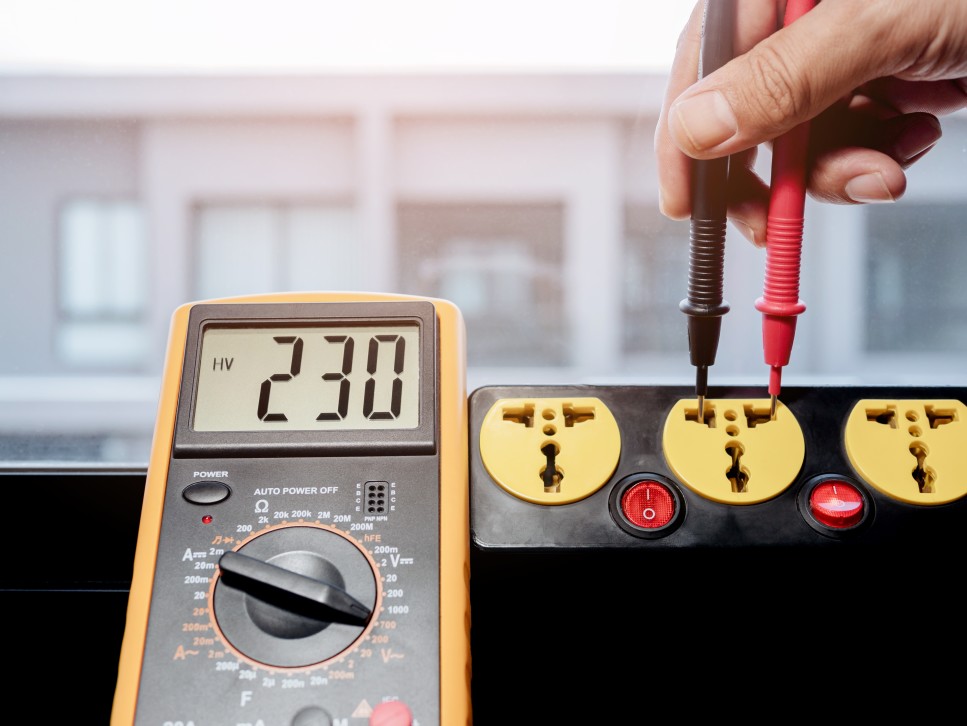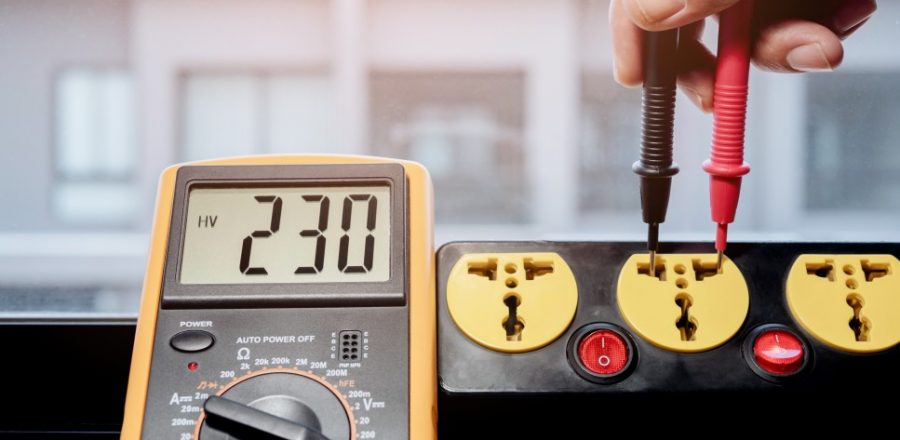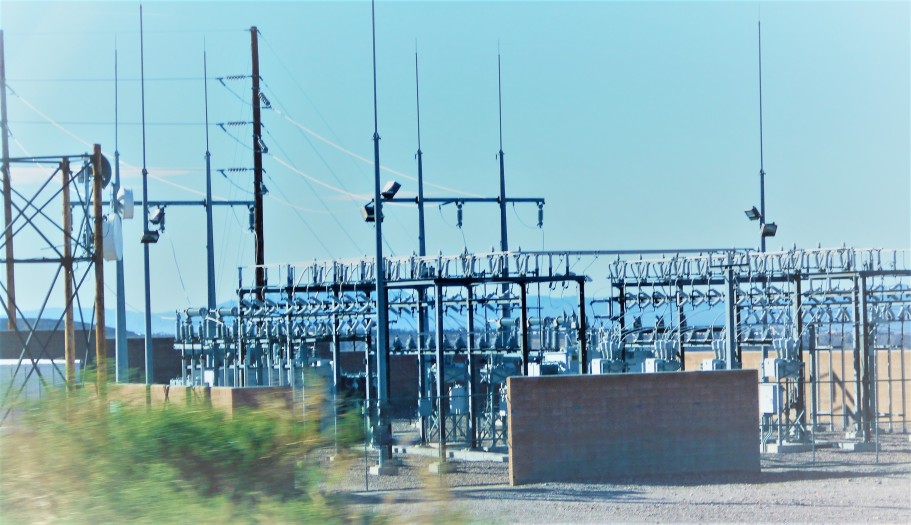The Basics of Electricity
The word Electric refers to a set of physical phenomena that are associated with matter that carries an electric charge. Electricity is a fundamental force in the universe, and it is closely related to magnetism. It is a part of electromagnetism, and Maxwell’s equations help describe how this force works. To understand this force in more detail, we should understand how magnetism affects electrical currents. This article covers the basics of electricity and how it is created.
Electric force
The electric force is the result of an electrostatic interaction between charged particles. It is measured in newtons and acts along a direct line between the two charged bodies. In this equation, Q is the particle that experiences the electric force. Source charges q0 and q1 are the quantities describing the amount of charge on each object. The distance between the two objects is r. These three values represent the unit vector of length one. The inverse of these quantities is the distance between the two charges.
Electron flow

Conventional current flows from positive to negative while electron flow is the opposite. Both concepts are used in educational and industrial settings. In fact, textbooks typically use one or the other. But the direction in which a current flows is irrelevant for a technician troubleshooting a system. Electron flow is a better understanding of how electricity works than conventional current, so we’ll discuss both in this article. But how do they differ?
Voltage
The voltage of an electric motor (VM) is the voltage applied to the motor. The driving unit (13), which is a part of the control system, applies the voltage to the electric motor based on the output of the controller. The electric motor is driven by sinusoidal current, applied to each winding of the electric motor through a pre-drive circuit and a FET bridge. The current flow depends on the duty of the PWM signal.
Ampere’s circuital law
Ampere’s Circuital Law is a mathematical equation that relates the magnetic field around an electric current to the size of the current. Its applications range from the magnetic field inside a toroid to finding forces between two current-carrying conductors. However, it’s important to remember that Ampere’s Law is only valid when there is a steady flow of current. Here are a few examples of how it can be applied.
Electrons in an atom
Electrons in an atom move around the nucleus in regions called electron shells. The electrons move in a specific pattern based on their energies. They first fill the lowest energy level, then move to the next level. This arrangement is known as an atom’s electronic structure or configuration. An atom has one or more electrons in each shell, depending on the element. During the formation process, an atom will have many different electron states and can exhibit various physical and chemical properties.
Electrons in a circuit
In electrical circuits, a typical conductor is metal. Metals are composed of atoms, electrons, and nuclei. In a conductor, electrons are free to move around and are the carriers of current. Semiconductors, on the other hand, have holes that are not free to move. Protons, on the other hand, are bound to atomic nuclei. These differences are very important in understanding how electricity works.
Electrons in a hair follicle
Hair follicles contain a variety of cell and tissue types. These differentiate along distinct pathways. Electron microscopy enables us to examine the morphological features of developing hair follicles. Specifically, we can observe the timing and special types of keratinization. Other findings related to the cell adhesion and organelle changes can be obtained with electron microscopy. These findings have been confirmed in several animal models, including human and porcine.
Electrochemistry
As one of the oldest and most influential branches of science, electrochemistry has a variety of applications in our everyday lives. It tackles problems such as corrosion in the naval and building sectors and metal deposition in the manufacture of jewelry. Its application in the field of batteries is also impressive, but there is much more to learn. Lithium-ion batteries, for example, have been developed for portable devices. Fuel cells can provide clean energy for propulsion systems.
Nikola Tesla
The name Nikola Tesla is not the first thing that comes to mind when you think about an electric pioneer. Born in Austria, Tesla studied electrical engineering and physics in the 1870s. By the early 1880s, he had gained practical experience working for the Continental Edison Company. He was a master of electrical engineering and his work was recognized by Edison’s management. Tesla designed and built improved versions of dynamos and motors, paving the way for a future that was based on electricity.




